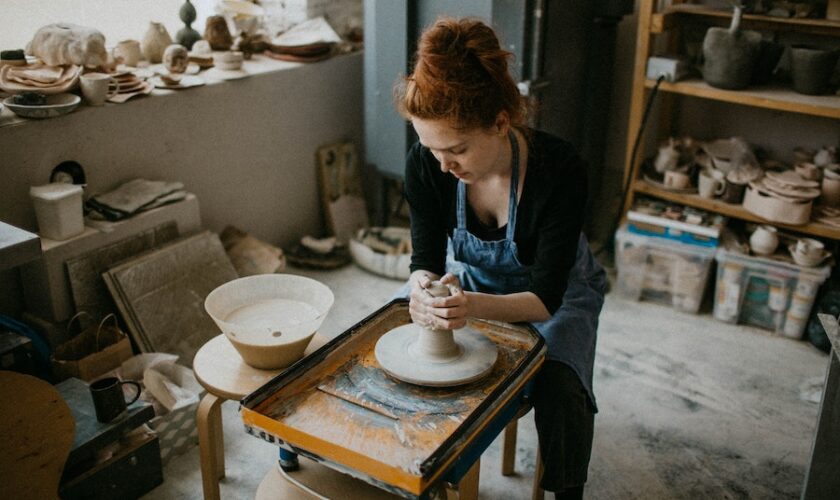
How to Invest in Your Personal Creativity
Creativity may seem like a superfluous virtue, something we indulge in when we have free time, be that pottery-making, painting watercolor landscapes, or creatively writing short stories about hard-boiled detectives.
Yet the truth is that creativity is much more than just a pastime. For some people, it can be a way of life, a means of acquiring deep satisfaction, and even a method to uncover their true selves. Creativity can inspire projects of quite specific logistical effort, like a pensioner working on their vegetable garden for an entire autumn season, ready for the next year’s planting effort.
Creativity is also associated with personal well-being, and this can go for people at all ends of society. For example, it’s not uncommon for prisoners to undergo art therapy programs which have been proven to offer incredible solace, while art can be a fantastic method to help process grief and anxiety.
So, if you want to improve your personal creativity, it can’t hurt to invest in it a little. Here’s how to achieve exactly that:
Designing a Creative Space
It’s a big, loud world out there, and often creativity requires quieter moments to really think through and enjoy. For this reason, it’s good to invest in a personal space you can use for your own form of creativity. That might take the shape of a home office you can use for your writing, an allotment you rent from your local council to spend time gardening in, or perhaps even a yoga-study space you can spend time in to help calm your mind and reflect.
Make sure to keep it well-lit, comfortable, and full of your creative inspiration, be that a book corner or a space designed solely for your practice. Sometimes, creativity requires space to work on a task itself, like bringing in art supplies and an easel for your painting efforts. In the long run, a careful approach will make all the difference.
Format Personal Projects
Creativity is nothing if it’s suspended in a vacuum, instead, it’s always good to invest in formatted personal projects you can enjoy. This will help you learn, grow, and explore several sides of your creativity instead of taking that for granted.
Even having some extraneous supplies on hand can help you avoid pausing your creative projects, such as by having the right sewing materials, embroidery stabilizer backing, threads, and worksurfaces to use throughout the day. Then you can more adequately set your plans, be that embroidering logos in polo shirts for your child’s sports team, or cutting curtains to size.
Time Spent Learning
The hallmark of creativity is time spend learning just how much there is to understand. This can be inspiring if you don’t let it demotivate you. In fact, endless learning is always a good thing, because it means the art itself can remain interesting for long periods of time.
For example, time spent learning guitar songs, new chords, or new playing techniques from the masters that inspire you can last an entire lifetime. The person you are playing guitar one year in and five years in will be dramatically different, and it’s that prolonged effort that will no doubt feel best to you.
Of course, time spent learning is much more than just sitting down and practicing. Make your creativity into an interest, such as by learning of the mainline figures in that craft, understanding the history of your art, considering techniques from around the world, and even attending local shows.
We’re willing to bet that your local town or city has a few fantastic art and crafts clubs you could attend, and the people who go to such meetings are some of the most wonderful you could ever meet.
Take It at Your Own Pace
Of course, the previous tips might imply that unless you’re going full-clip into a creative direction, you’re not doing it right.
But that’s not true. Luckily, you get to define the progression rate at which you enjoy and adopt creativity as it’s required. As you move forward, taking plans at your own pace can be a fantastic way to avoid burning out. Moreover, it won’t make you feel inferior as you try to balance creativity with your other responsibilities, be those work or family related.
Instead, when you have time for the art, you can enjoy it and return to it with confidence. This can be much more inspiring than anything else, while also helping you avoid feeling constrained and tired.
With this advice, you’re certain to invest in your personal creativity in the best possible light.